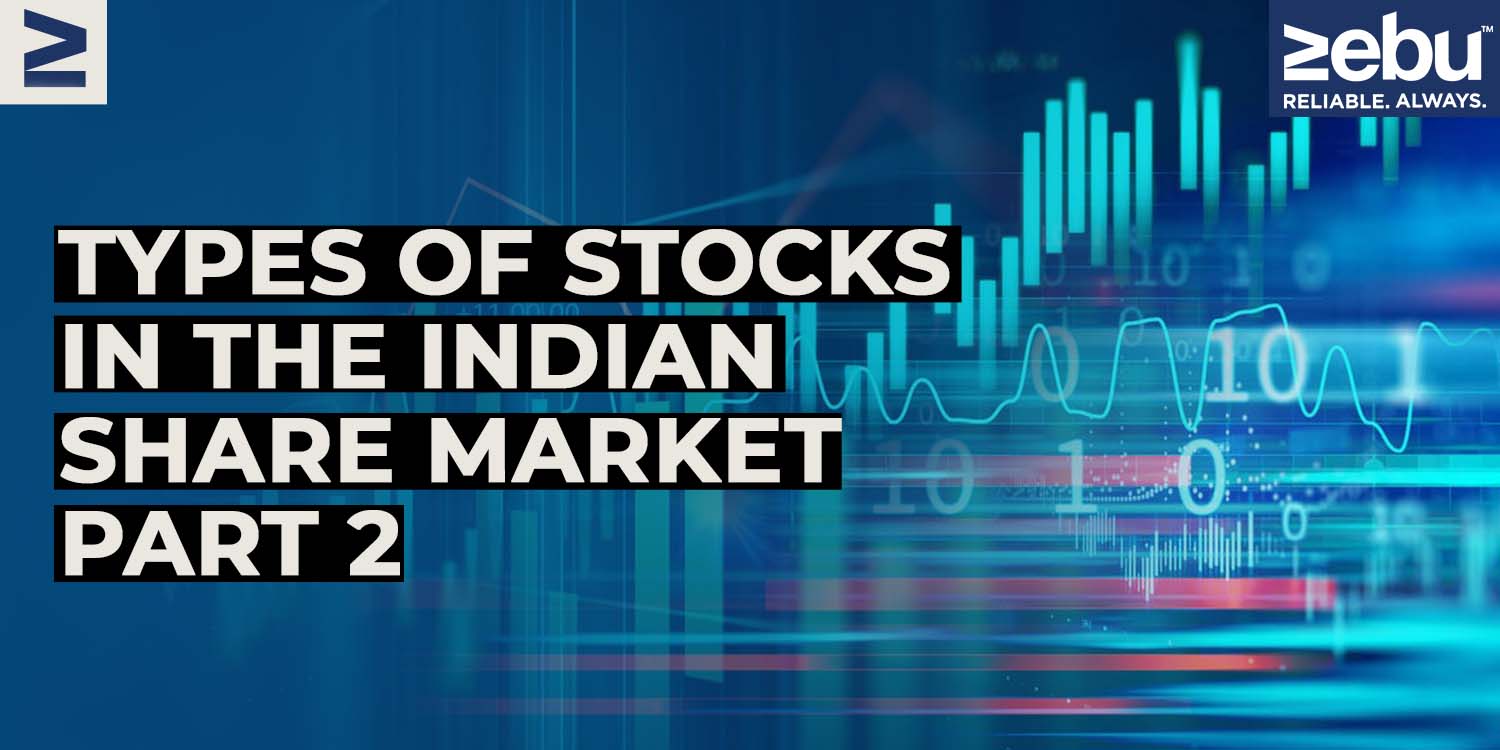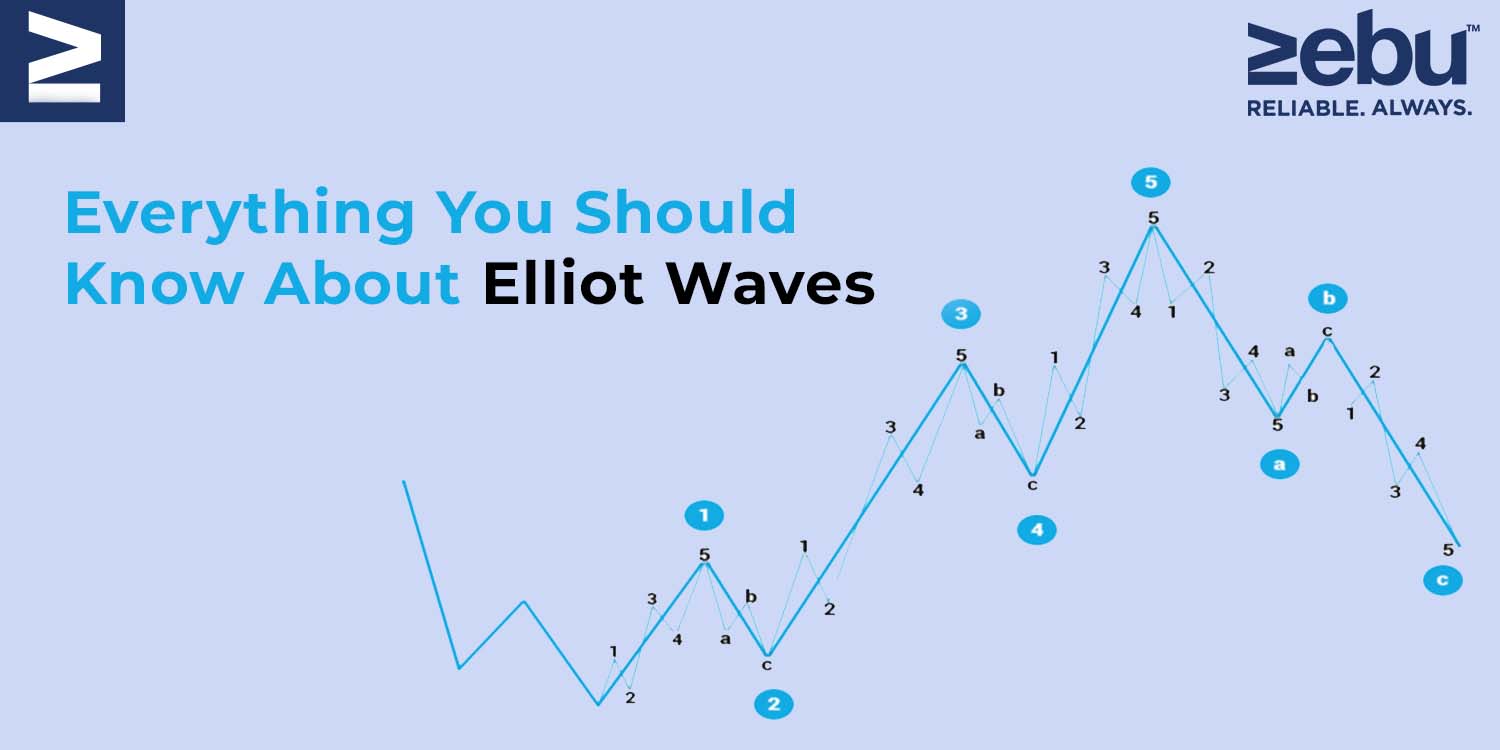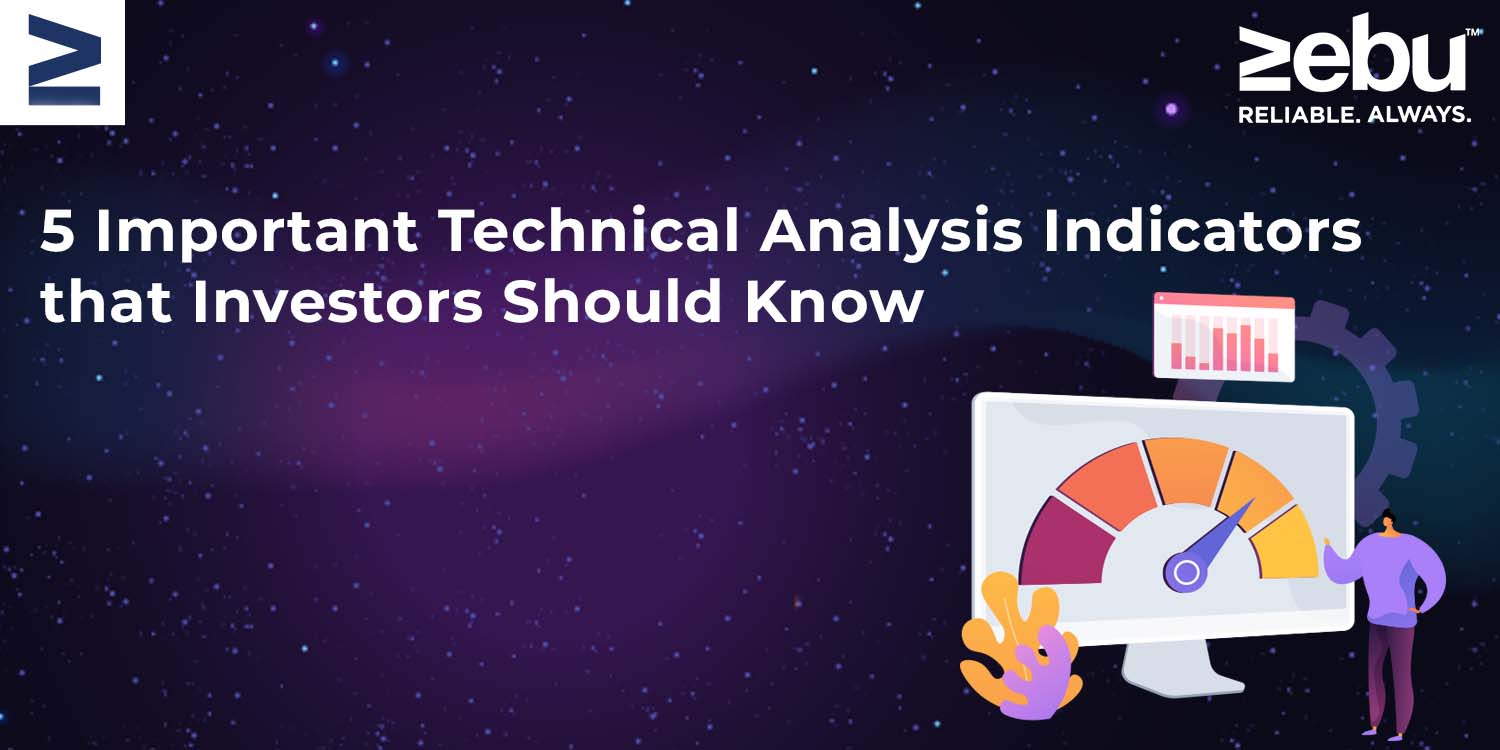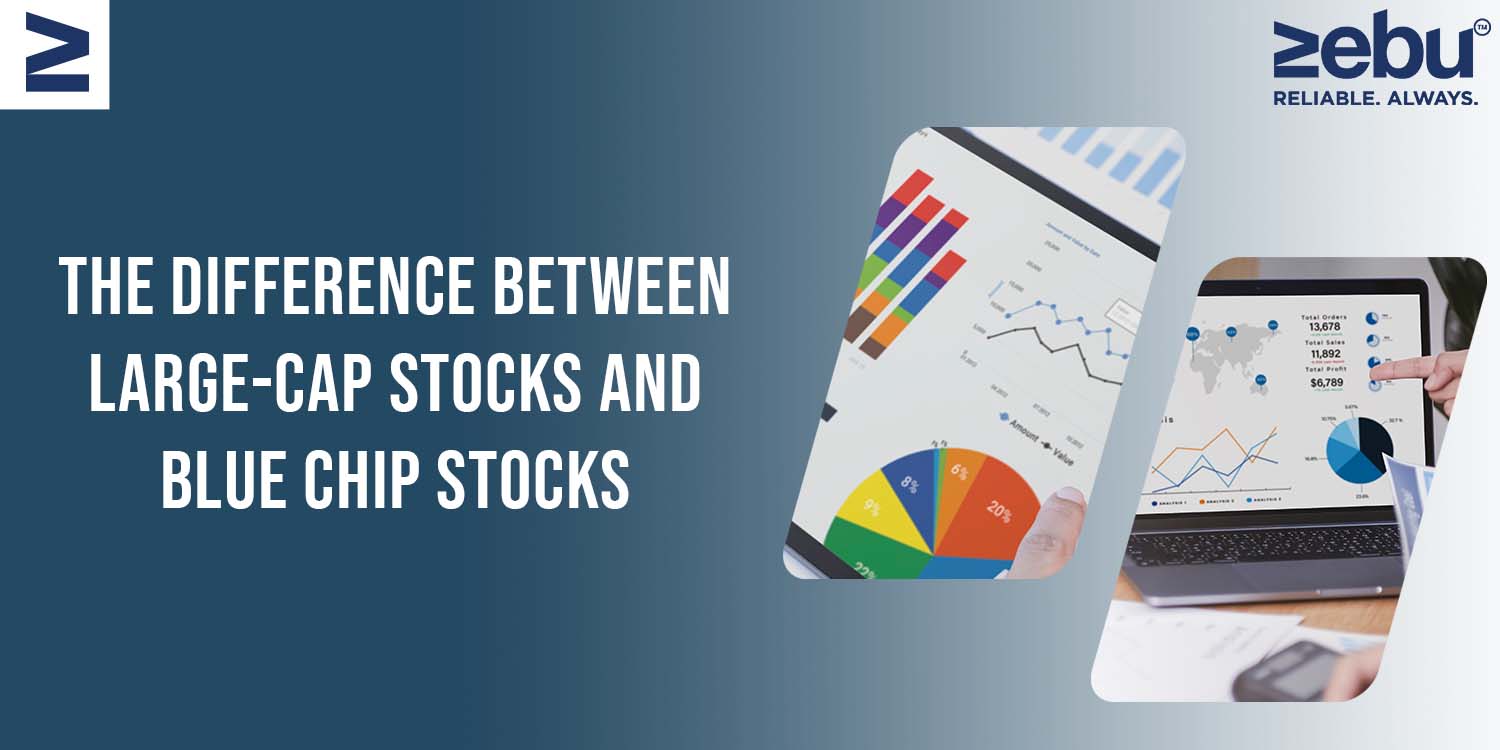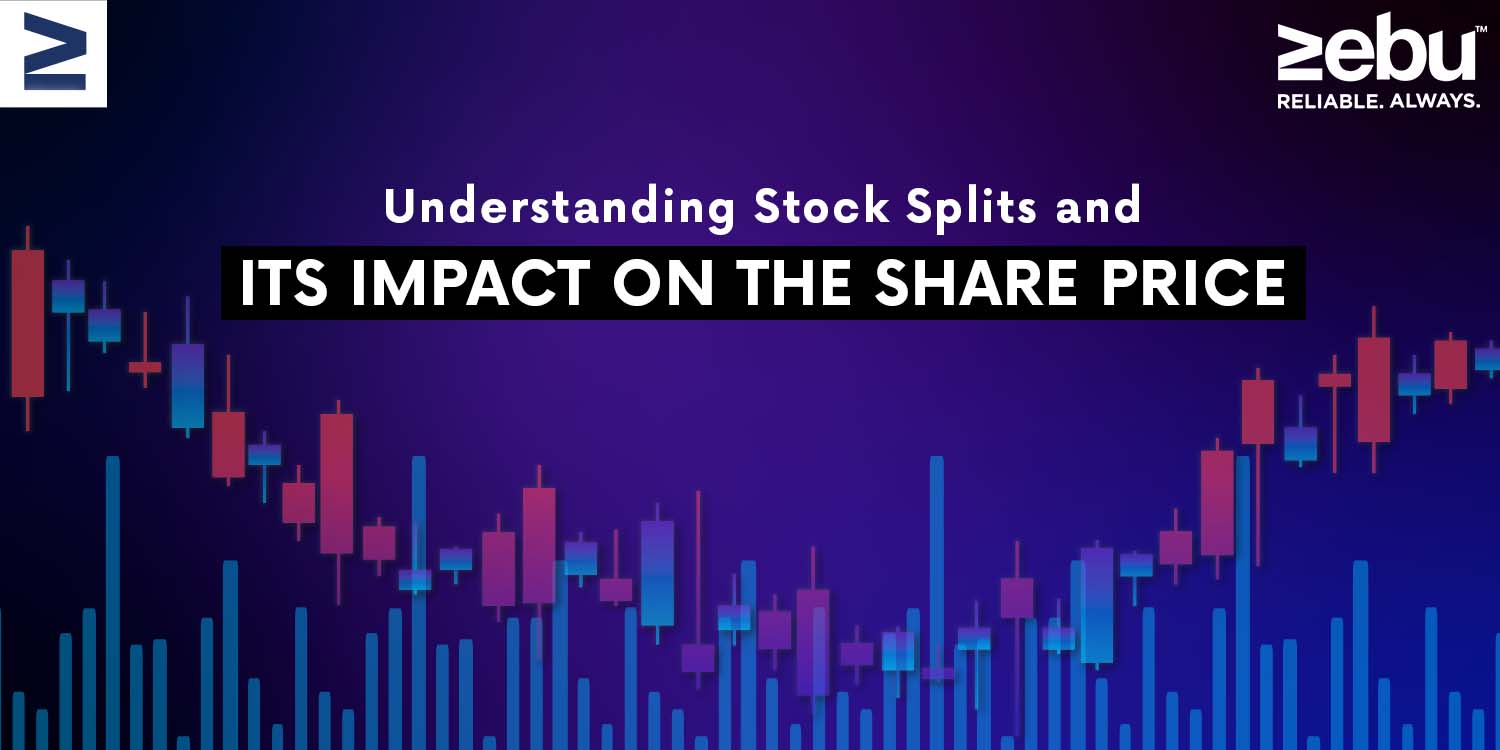
Title Page Separator Site title
Every investor looks to the stock market for shares that will make him money. But sometimes investors can’t buy shares of a popular company. The reason is that the share price is so high. Companies decide to split their shares when this happens.
Stock split, as the name suggests, is when the face value of a stock goes down and the number of outstanding shares goes up at the same time. The main goal of a stock split is to make the stock easier to buy and sell, so that investors can buy more of it. Companies do stock splits when they realise that the price of their shares is too high or is higher than the prices of their peers.
For example, if a company does a 1:10 stock split, a stock with a face value of INR 1000 is split into 10 shares with a face value of INR 100. But keep in mind that the company’s share capital doesn’t change. This means that a stock split is nothing more than a cosmetic change, and that the news of a stock split won’t affect the price of the stock in a way that will lead to unusually high returns. Even if there is information in the announcement, it is most likely to show up as unusual returns on the day of the announcement, which is called the record date.
There are some ideas about why companies split their stocks:
Signaling: a stock split is a sign that the company will grow in the future. This is because real-world studies of stock splits in developed economies have shown that the day after the announcement of a stock split, returns are often unusual.
Optimal trading range:
On every stock market, stocks tend to trade in a certain range. As we’ve already said, stock splits are done to get the price of the stock back into the normal trading range. This lets more investors buy shares.
According to this theory, the goal of bringing the stock price back to the usual trading range is to improve liquidity, which will lead to investors making more money.
This is a way for small or ignored firms to get the attention of the market. This is done by a company that feels it has been undervalued in the market because market participants haven’t shown much interest. So, companies use stock splits to get more attention and make sure that more investors can get information about the company. This is more important for small businesses than for big businesses.
What do investors get out of a stock split?
In a stock split, the number of shares goes up, but the value of each share goes down. This makes it easier for new investors to get interested in the company’s stock and buy some. In other words, the number of shareholders could grow if more investors bought at lower prices.
It looks like investors who bought the split share at a lower price may not benefit from the stock split. But if the share price goes up, it could be because of a stock split. This tells the market that the share price of the company has been going up before the split, so investors think that the growth will continue in the future.
So, after a stock split, should you buy a share?
Before 1999, SEBI only let INR 10 and INR 100 be used as face values. Today, the split ratio can be 2:1, 10:1, 5:1, or any other number.
A few reports suggest that the trading range theory is wrong because most stock splits are announced for stocks that were already trading at low prices.
So, market experts have seen that the price of a share after a stock split depends on how the market is doing and how well the company is doing. Before investing in a share after a stock split, make sure you keep the above two points in mind. There’s no need to say that the market will always have mixed feelings about stock splits. Also, one last thing: don’t confuse a bonus with a stock split. Bonus shares only change the company’s issued share capital. A stock split, on the other hand, changes the company’s authorised share capital.

